Looking back at the high-water peak during the 2023-2024 Christmas break
High water gripped the Netherlands during the 2023-2024 festive season. The Maeslant barrier closed for 24 hours because of the high sea levels due to storm Pia. For the second time in history, the five main Dutch flood barriers closed at the same time. Heavy rainfall, supplemented by meltwater, then caused discharge levels to peak in major rivers such as the Rhine. The Waal, Nederrijn-Lek and IJssel, and the Meuse were high, as were smaller rivers such as the Vecht, Regge and Dinkel. And water levels in the IJsselmeer and Markermeer lakes reached record highs. We look back and think about the future: what are the implications for future research?

1. What caused the high water levels?
As a delta, the Netherlands drains not only its own water to the sea but also the water from surrounding countries such as Switzerland, Germany, Belgium and France. Large amounts of rainwater entered the rivers. In the preceding months, there had been a lot of rain, completely saturating the ground in many places. So most of the rain that fell during the Christmas holiday ran off relatively quickly.
Several storms from the west and north-west pushed up the level of the water in the Wadden Sea, restricting the water-discharge capacity from the IJsselmeer into the Wadden Sea. In combination with the large amounts of water flowing in from the IJssel, Vecht and other regional waters, the water level in the IJsselmeer reached record highs.
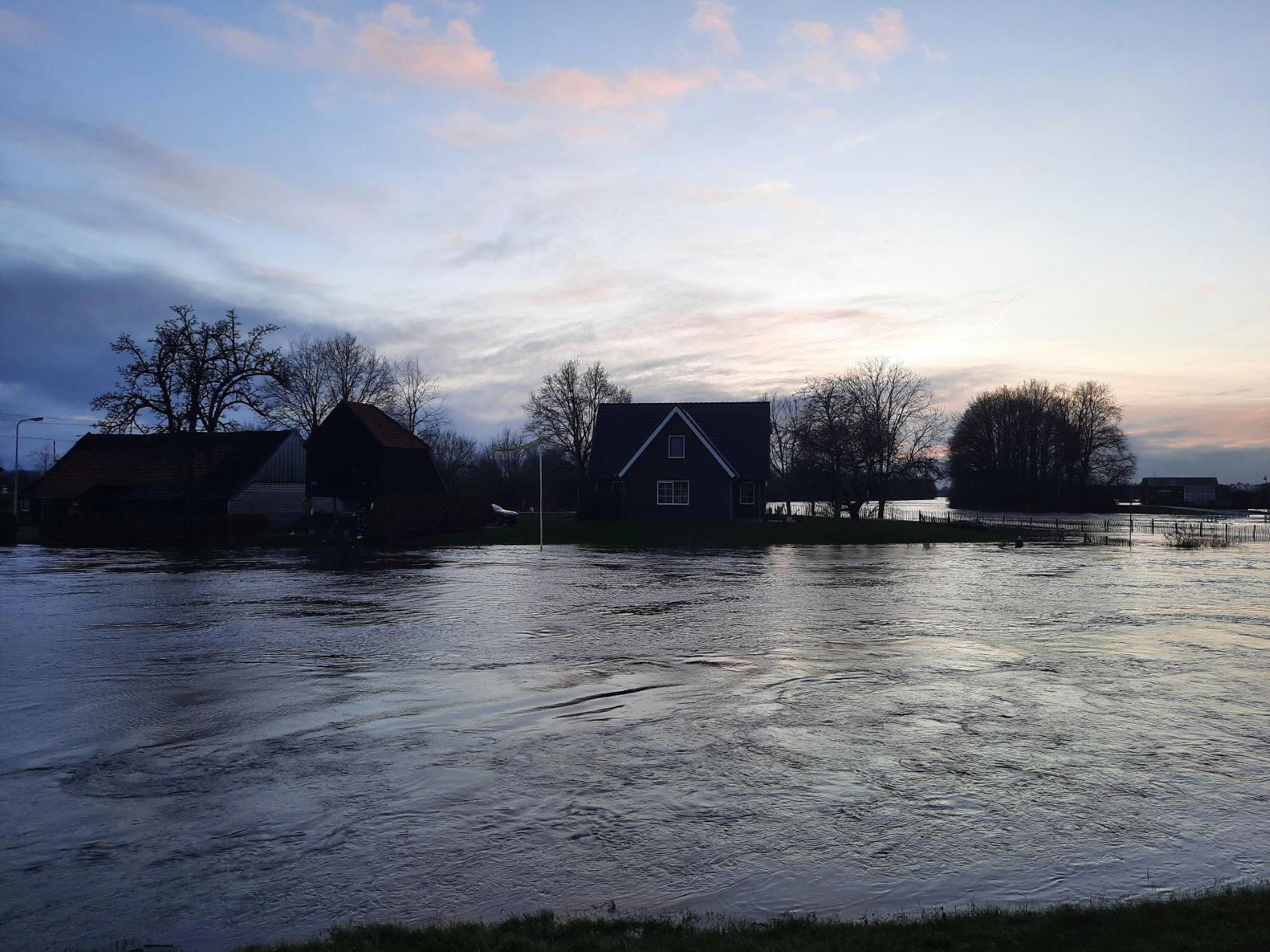
Then, on 2 January, storm Henk led to particularly high water levels at various locations along the IJsselmeer. The high level in the IJsselmeer meant that it was not possible to discharge water from the Markermeer into the IJsselmeer for a long time and the water level also reached a record high in the Markermeer. The water in the major rivers rose to levels seen only once every five years. The situation in the lakes and the Vecht river was more extreme, with levels not seen since monitoring began.
2. What were the consequences?
Although the Maeslant barrier in the Nieuwe Waterweg has been closed before, this was the first time since the barrier was built in 1997 that the formal criterion for closure was met: three meters above NAP. Shipping traffic was therefore brought to a standstill for the first time.
During the Christmas break, the water authorities and Rijkswaterstaat were kept busy with dyke inspections and distributing sandbags, as on the banks of the IJssel in Deventer. Deltares colleagues were hard at work in Rijkswaterstaat’s crisis advisory groups on forecasting and monitoring water levels before, during and after the storms and the peaks in water levels.
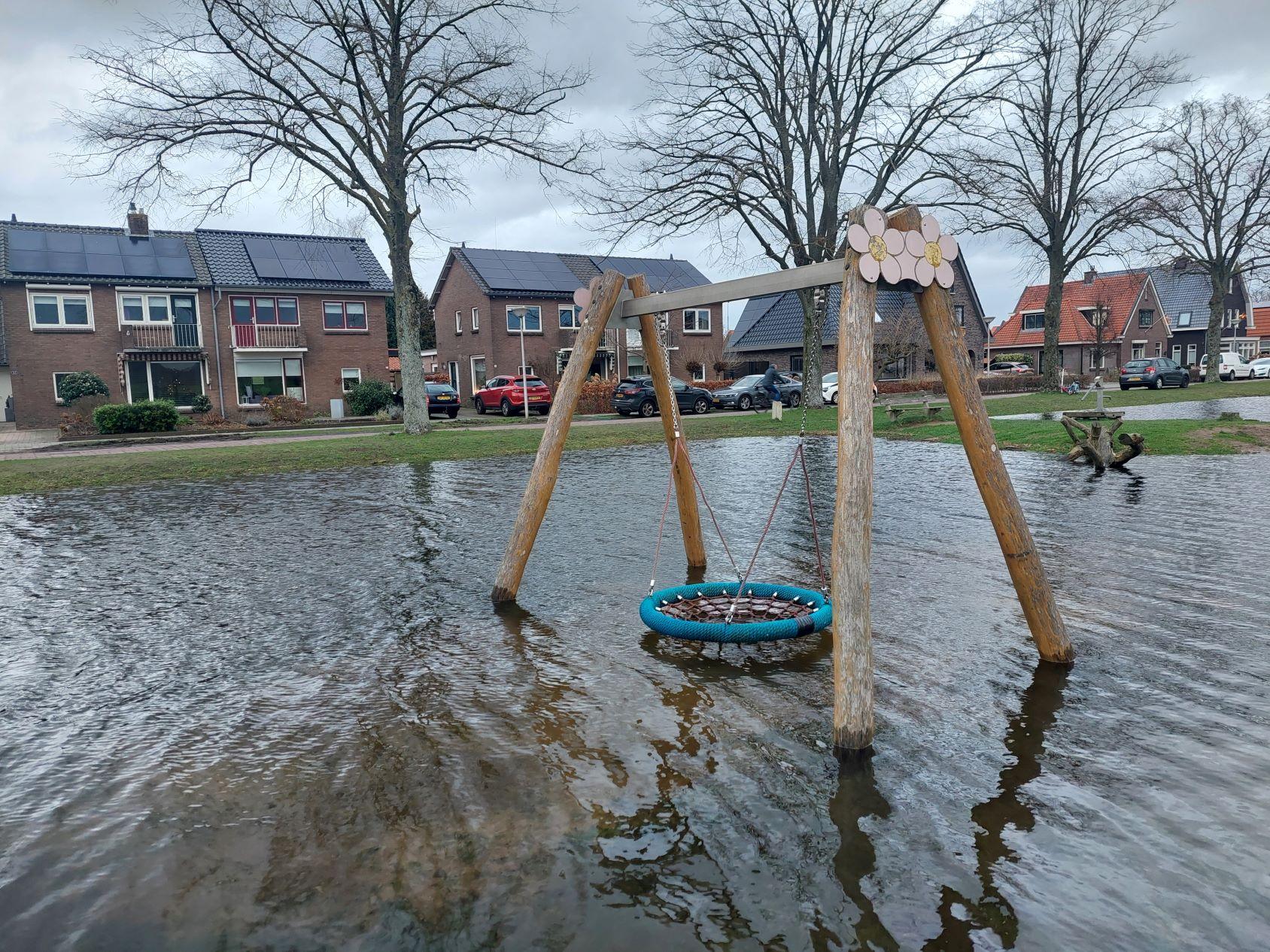
In addition to the flooding of cellars and streets in several places in the Netherlands, part of the Bosscherveld spillway was washed away by the strong current in the Meuse. Some houseboats also got into difficulty here and local residents had to be evacuated. One houseboat broke its moorings and collided with a bridge pier downstream in the Meuse.
The high water levels made it difficult to discharge water from the tributaries to the IJssel and from the IJssel to the IJsselmeer; pumps were therefore deployed at several locations. In addition, the groundwater was pushed up by high river levels along the rivers. About a third of the water that had to be pumped away came from seepage.

3. What was the effect of the Room for the River-programme?
The high water levels in 1993 and 1995 made it clear to government and water authorities that it was not enough to raise dykes. The rivers needed to be given more room and this realisation resulted in the Room for the River-programme at the turn of the century. Measures such as widening and deepening the floodplains and removing large obstacles meant that the major rivers – the Rhine, IJssel, Waal, Nederrijn, Lek and Meuse – had more room to flow outside the banks. River branches – such as the Veessen-Wapenveld channel north of Deventer – were also created that are submerged only when there is extremely high water. Dykes were positioned further inland and side channels were excavated.
The high water levels on this occasion were not a rigorous test for these measures because the discharges in the major rivers were not extreme. Those measures were tested in 2021 when the water was extremely high in the Meuse and the towns of Itteren and Borgharen stayed dry. They were flooded in 1993 and 1995, while the peak discharge in 2021 was higher.
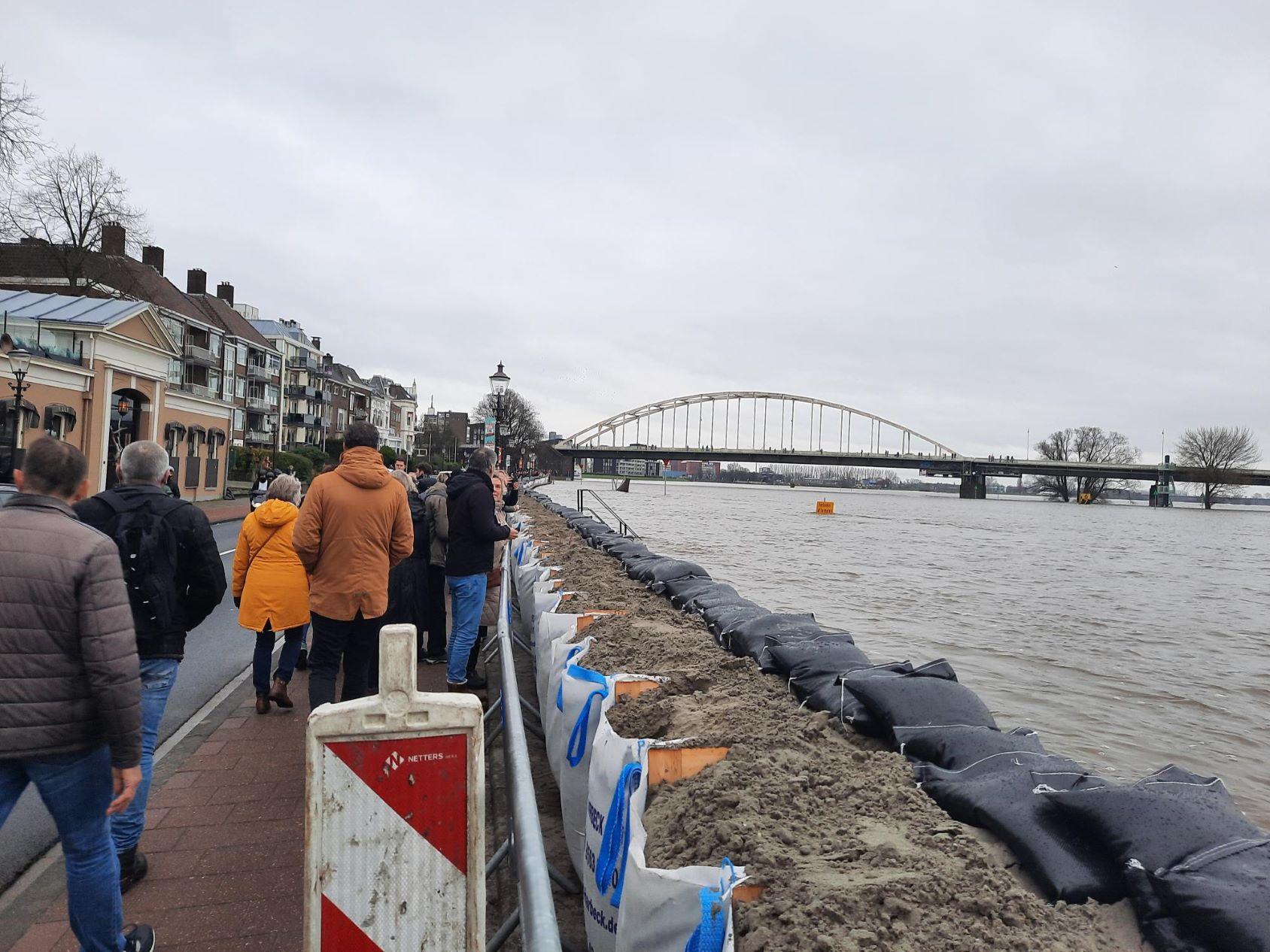
4. The water levels are falling again: will they be a problem more often in the future?
High water levels in our major rivers are likely to be more frequent in the future. According to the climate scenarios presented by the KNMI last October, climate change is leading to more rainfall in river catchments in the winter. And the higher the temperature, the more precipitation falls in the Alps as rain rather than snow. Whereas snow stays in one place, gradually flowing away as meltwater, a lot of that rain will now flow directly to the Netherlands.
If these climate scenarios are formulated in terms of the discharge regime in the Rhine and Meuse, as calculated by Deltares, it can be seen that average winter and spring discharges increase in both rivers. If global warming reaches approximately three degrees – relative to the beginning of the Industrial Revolution – between eight and fifteen percent more water will pass through the Rhine during a winter peak. Frederiek Sperna Weiland and her team are still working on calculations of water levels that occur only once every thousand or even ten thousand years. Those scenario analyses will ultimately be used to determine how we can continue to protect ourselves against extreme weather.
In general terms, our water management system passed this stress test. Nevertheless, more money will probably have to be invested in the future to limit the risk of flooding associated with climate change and sea level rise.
We are engaged in numerous follow-up studies of the impact and effect of the discharge scenarios, including policy studies such as the Freshwater Delta Programme, the Sea Level Rise Knowledge Programme, the Climate-Resilient Freshwater Supplies in the Main Water System Programme and the Integrated River Management Programme.
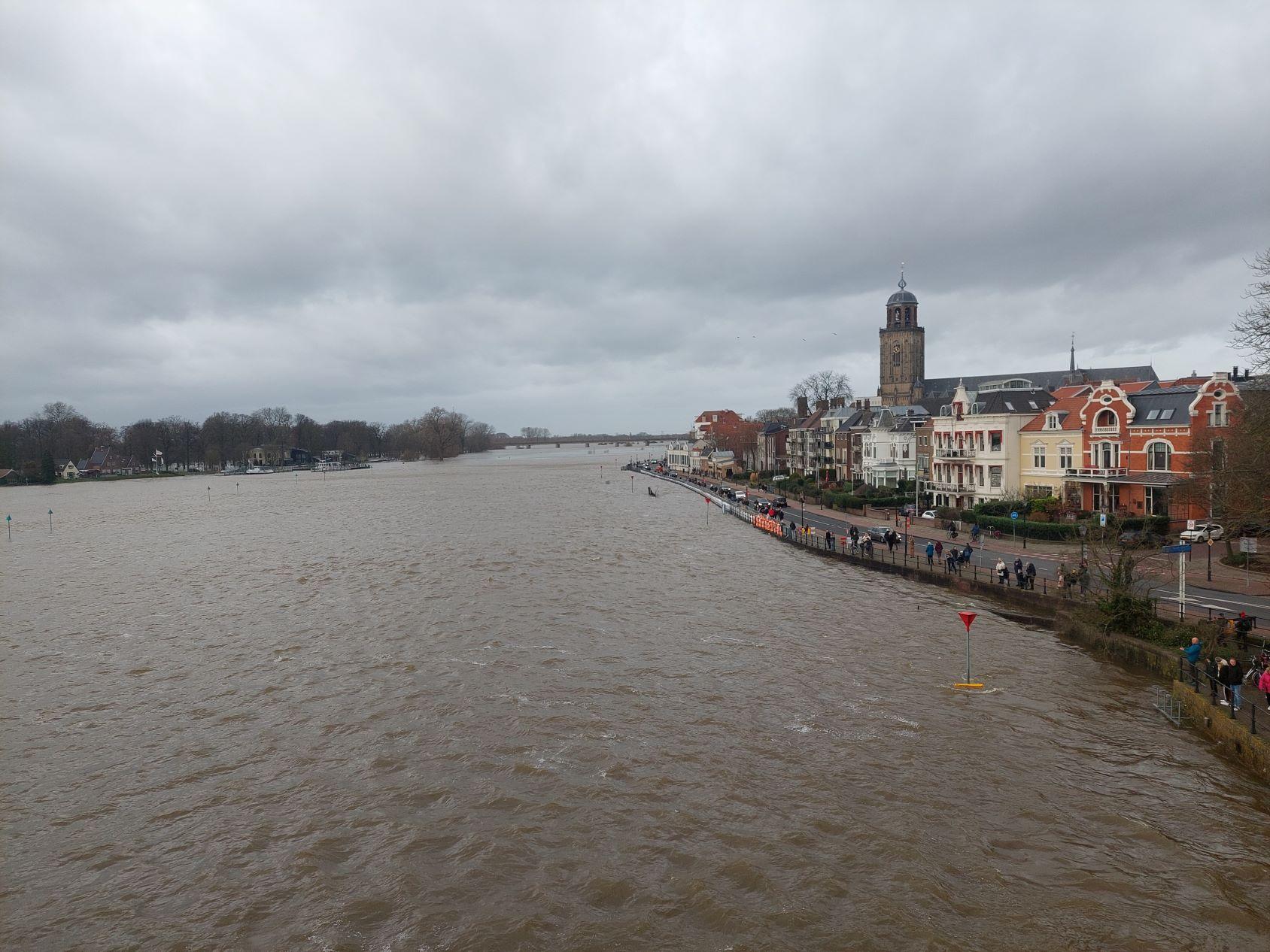
5. What can we learn from this peak in water levels? What else is needed?
We have learnt that authorities must also keep an eye on small, regional rivers such as the Vecht, Regge and Dinkel. The arrangements for flood risk management are still in order in this respect. However, over the next five years, Deltares will be working with knowledge institutes in countries upstream to decide how we can cooperate better with respect to small waters. In this JCAR-ATRACE joint programme, we are working with Belgium, Luxembourg and Germany to look at flood and drought management and research. By strengthening the joint knowledge base relating to extreme floods and droughts for regional waters and opening it up to others, regional authorities can prepare better for the consequences of extreme weather. The countries involved must ensure that they do not get in each other’s way.
For example, if Belgium were to decide to drain water into the rivers as quickly as possible instead of retaining it somewhere, that would cause problems downstream, in other words in the Netherlands.
Nathalie Asselmans, flood expert at Deltares
In addition, the record water levels in the lakes justify a closer look at the probability of future events of this kind. Have they become more likely in recent years, or was this really just a random outlier? And how will that probability change once the new pumps and locks in the Afsluitdijk barrier dam have been installed?
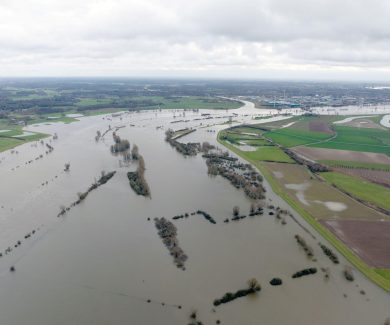
Deltares experts talking about the high water levels in the Dutch media:
- Nieuwsuur, 27 December: interview with Karin de Bruijn
- Trouw, 27 December: interview with Frans Klijn ‘River professor lives on temporary island in the IJssel’
- Volkskrant, 27 December: interview with Ferdinand Diermanse, Nathalie Asselman and Kymo Slager: ‘The Deventer dyke can still cope with the water but this is already a good lesson for the future’
- NOS, 28 December: interview with Jaap Kwadijk ‘If the Germans start building Dutch dykes, we will have a problem here’
- Algemeen Dagblad, 28 December: interview with Frans Klijn ‘Would we have had our feet in the water now without the billion-euro measures for the IJssel?’
- Financieel Dagblad, 28 December: interview with Frans Klijn ‘High water levels aren’t only a problem for business in Deventer’
- RENZE talk show, RTL 4: interview with Ferdinand Diermanse
- Nu.nl: interview with Frederiek Sperna Weiland ‘We will have more frequent problems with high water levels, especially if carbon emissions stay high’
- NRC Podcast, 8 January: interview with Frans Klijn ‘How long can the Netherlands continue to control the water?’
- Crisis Response, interview Ferdinand Diermanse


